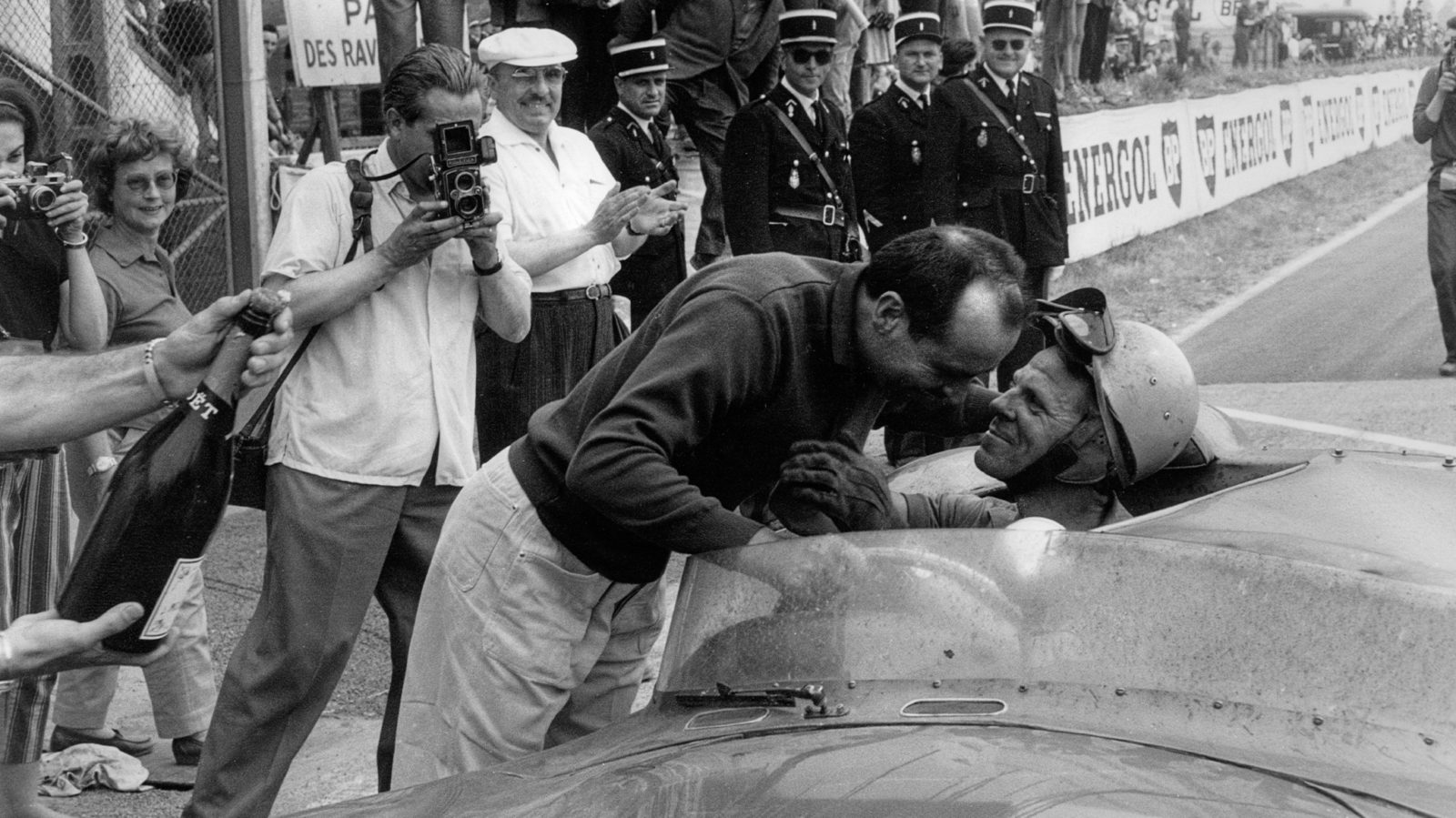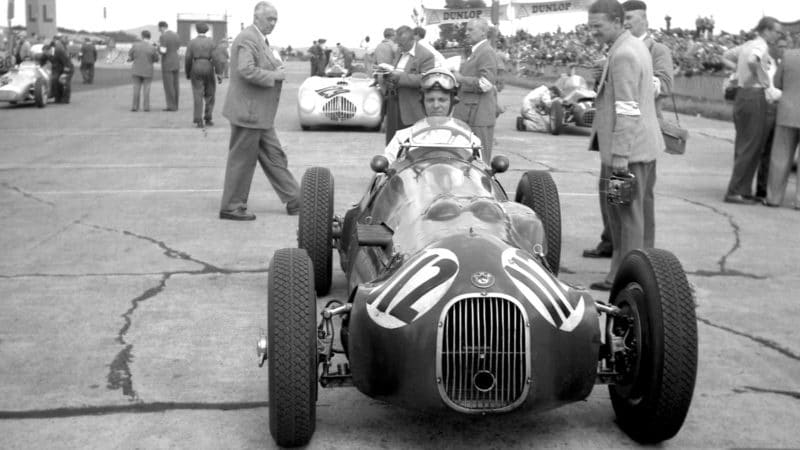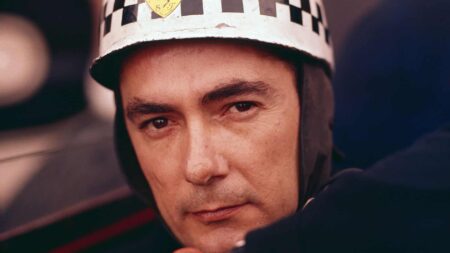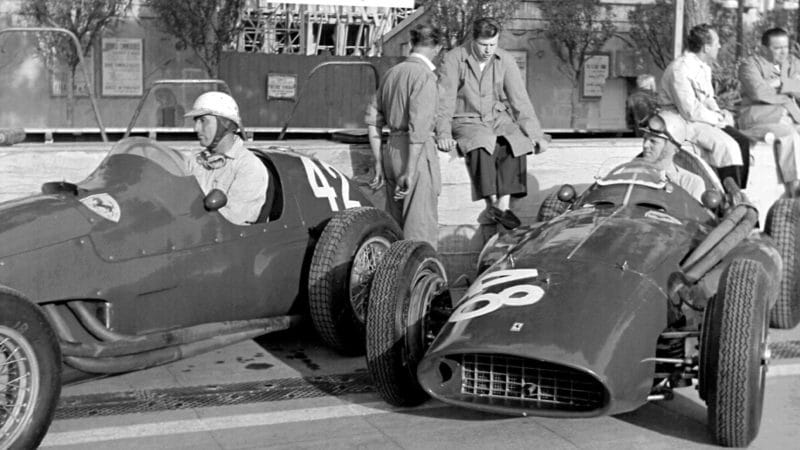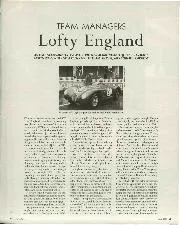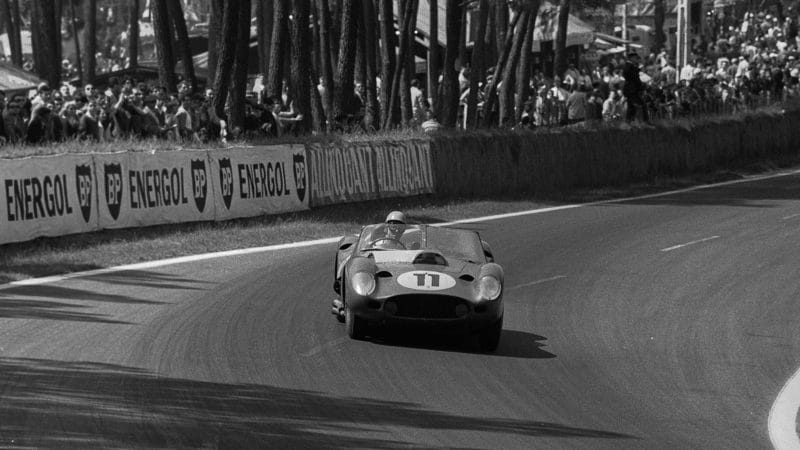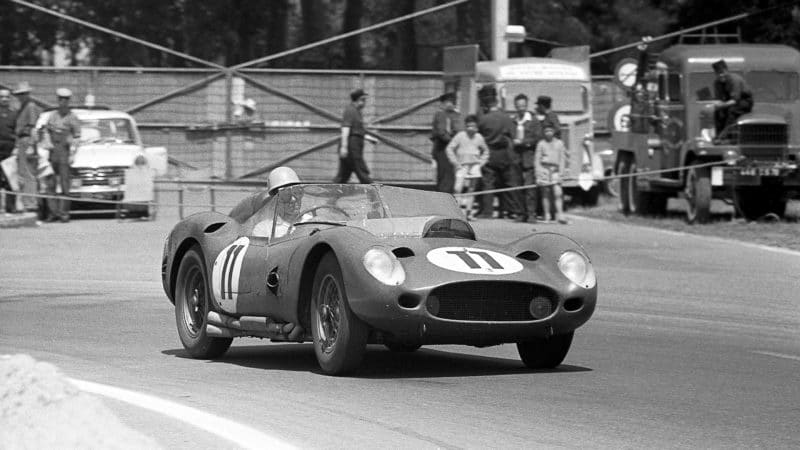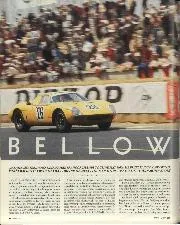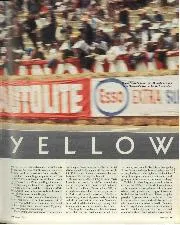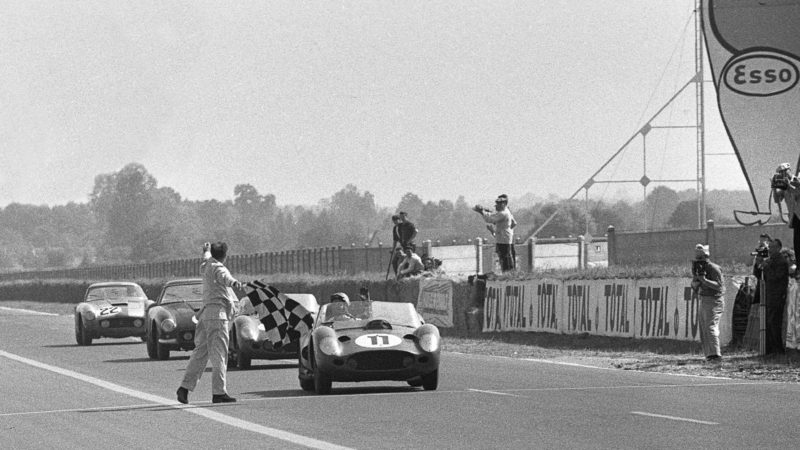Following such a spectacular “first time out” victory, Paul had to look no further for a drive in the Belgian Grand Prix. Heath immediately offered him an HWM for the race at Spa and this proved the start of an intermittent relationship with the British team, which Frere maintained until Heath pulled out of International single-seater racing in the middle of 1954. The 1952 Belgian Grand Prix proved another extremely satisfactory event for the young Frere, resulting in fifth place in streaming rain in an event that sent such notables as Wharton, Taruffi and Behra off the circuit, not to mention Stirling Moss‘ ERA which seized its engine and broke its propellor shaft.
Subsequent races in the HWM proved far less rewarding. The car broke its gearbox on the opening lap of the German Grand Prix, but a return to the Nürburgring for the following year’s Eiffelrennen saw “a tremendous battle with Collins’ HWM in the torrential rain, a battle that ended when Peter’s fire extinguisher came loose and got stuck under his brake pedal as he was coming up to the Karussell. He spun violently, letting me get away and close to within two seconds of de Graffenried’s winning Maserati at the finish.” The only other race in 1953 that Frere drove for HWM (apart from an unmemorable Belgian Grand Prix where he finished 10th) was the Swiss Grand Prix at Berne. “I’m afraid I made a mistake in close traffic on the opening lap,” admits Frere honestly, “and that resulted in my knocking Louis Rosier’s Ferrari right off the road. He was furious at the time, but he soon calmed down and didn’t hold the accident against me.”
In many ways Paul Frere admits he had an ideal racing career in the 1950s. He’d proved himself good enough to be selected as a full-time professional, “but I still regarded my racing as a leisure activity which I took part in for relaxation, much as I did tennis or skiing. I didn’t want to be tied down to doing a whole programme of specific events. I wanted only to do the races I enjoyed, furthering my career as a journalist but remaining essentially a sportsman.”
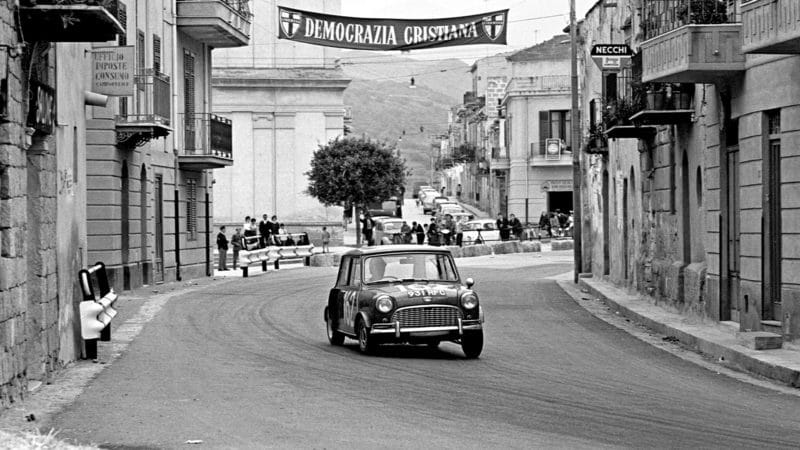
Taking a Mini to the Targa Florio in 1963
Getty Images
Away from the world of Grand Prix racing, some of Frere’s more fascinating achievements surround his several forays in the Mille Miglia road race round Italy. “‘I’d first watched the race in 1935 when it was won by Pintacuda and Mambelli. In 1953 I met Johnny Lurani who suggested I take a Jaguar Mk7 and try to win the big-car class. I put this proposition to Lofty England and was politely declined, so I got myself organised with a big Chrysler saloon.” The sight of the wallowing American saloon pounding down the long straights alongside the Adriatic or scratching up and down the sinuous mountain passes might well have been incongruous to the spectating masses, but Frere eventually had the last laugh on Jaguar by winning his class, beating two Jaguar Mk7s in the process!
“We did a complete reconnaissance lap in preparation for the race,” recounts Frere, “but we forgot to modify the brake linings for the event. As a result we wore them right down to the metal by the finish but we still won the class by two-and-a-quarter hours. I felt that I’d got my own back on Lofty!” In 1954 Frere didn’t take part in the race, completing only a reconnaissance lap, but he was back in 1955 to share an Aston Martin DB2/4 coupe with photographer Louis Klemantaski, “but we retired with clutch failure at Ancona.”
Back on the Formula1 front, Frere found himself invited to join the Gordini team for several races in 1954. “I was picked for the team on the strength of my HWM performances the previous year,” Frere explains, “but the cars were extremely unreliable and we’d generally got the choice of either taking it easy in an effort to nurse the cars to the finish, or going flat-out in the almost certain knowledge that they would break. The high spot of my relationship with Gordini was when I took their 2 1/2-litre, 6-cylinder machine round the Nürburgring faster than anyone else in the team, 4sec faster even than Behra. However, when a front wheel fell off my car between Bergwerk and Karussell, I vowed that I’d never again touch a Gordini….”
Throughout the years with HWM and Gordini, Freres ability had certainly been noticed in high places. A few days after the defeat of Equipe Nationale Belge’s Ferraris at the hands of the Aston Martin team in the 1955 Spa sports-car race, Frere received an invitation to conic to Italy and test a Formula 1 Ferrari. Paul had been at the wheel of the winning Aston Martin D133S at Spa and had been agreeably surprised that the British car should have vanquished the “Monzas” so convincingly. “Ugolini invited me down to Imola where they were testing the ‘Super Squalos’ and he told me that it was the team’s plan to run a car for me in the Belgian Grand Prix. When it became clear that they were also intending to run me in the European Grand Prix at Monaco, I shied away from the prospect.” Eventually it was agreed that Frere should go to Monaco as reserve driver.
